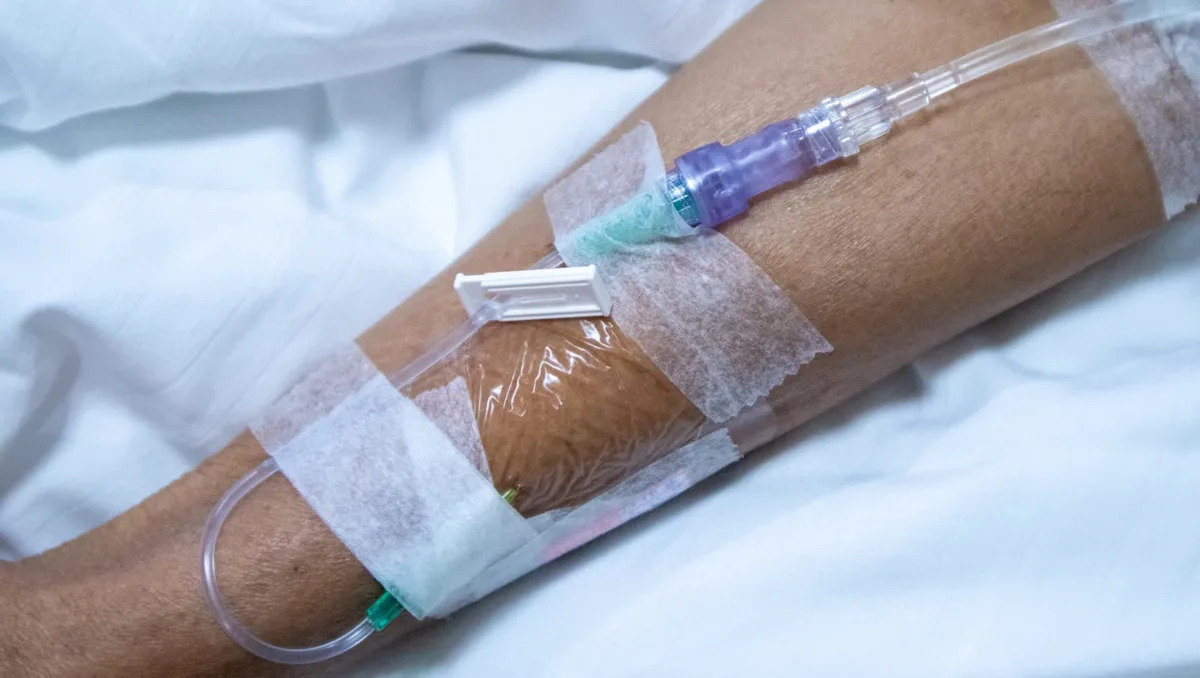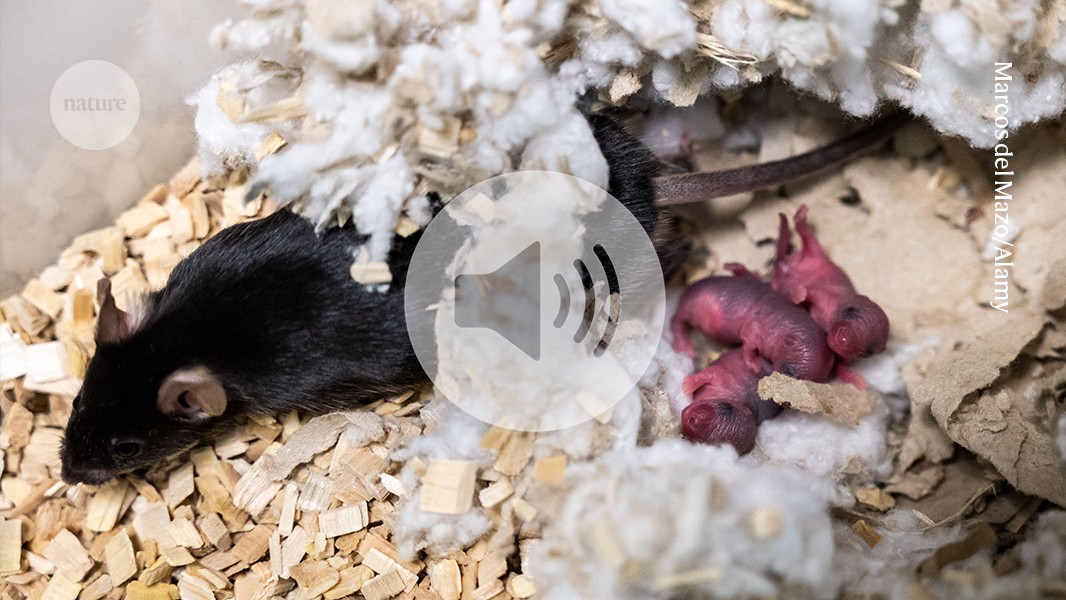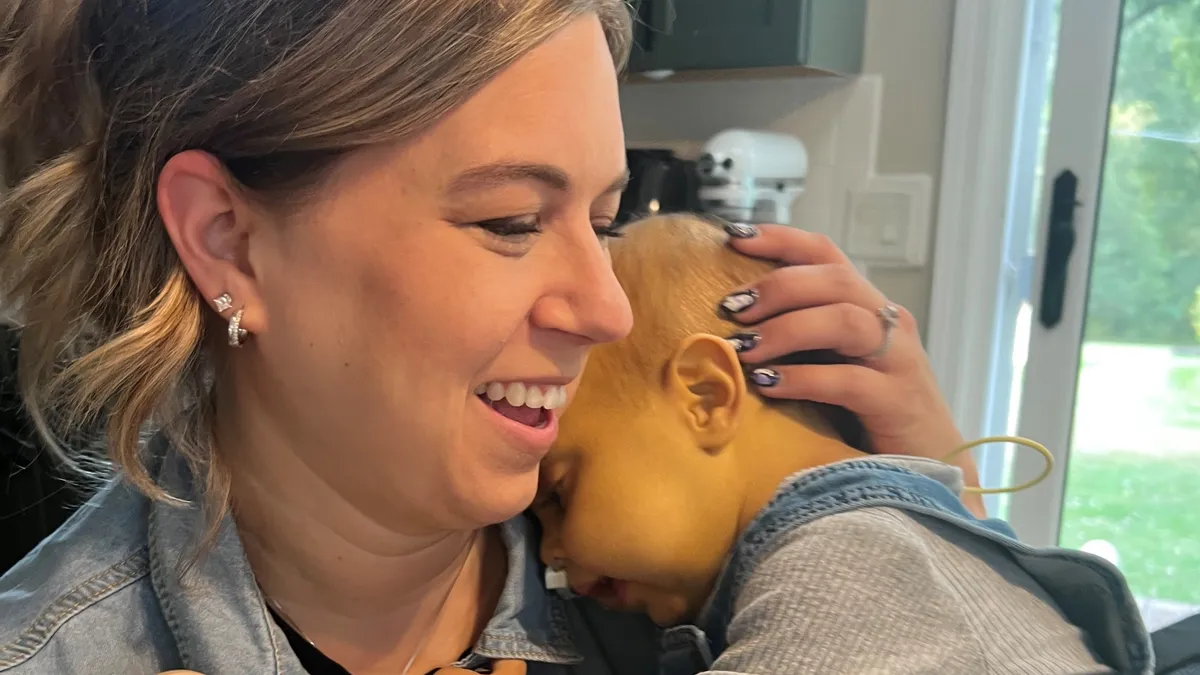GREEN OAK TWP. – Isaac Calkins is a typical toddler in many ways – he likes Dr. Seuss books, coloring, and his train; he’s a fan of Bluey, Elmo, Winnie-the-Pooh and most of all, his big brother Logan.
But on a recent fall morning, as he sits snuggled on his mom’s lap, it is clear something is very wrong. Isaac is small for his age, a medical tube is taped to his face, and the yellow undertones of his skin are clearly visible.
Isaac Calkins was born with ornithine transcarbamylase (OTC) deficiency, a rare genetic disorder in which the liver doesn’t break down ammonia sufficiently. He needs a liver transplant, the second so far in his short life. His family is desperately seeking a living donor.
“I just want him to be OK,” Carrie Calkins says as Isaac smiled at her around his pacifier and tucked his head under her chin. “God is with us, and we have support from family, friends and community and our church, but each week I watch him get more yellow. He is getting sicker each day and I don’t want to bury another baby.”
Carrie and Nick Calkins, South Lyon High School graduates who recently celebrated their 11th wedding anniversary, had another son between Logan and Isaac. Cole Calkins was born in April 2021 at Providence Hospital in Novi and was thought to have some blood sugar issues, but was sent home after three days as otherwise healthy. Just a few hours later, Carrie rushed her son to the emergency room, where he went into cardiac arrest. Cole was transferred to the University of Michigan C.S. Mott Children’s Hospital, where he died. He was 5-days-old.
Early diagnosis of ornithine transcarbamylase deficiency is critical to treatment and survival, but it was only after Cole became critically ill that doctors discovered his mother is a carrier for the disorder, which is asymptomatic in most women.
Isaac was still in the womb when Carrie and Nick were heartbroken to learn their third child would also be born with OTC deficiency, but with the knowledge, doctors were prepared to manage the disorder. Carrie had a scheduled C-section on Feb. 20, 2024, and Isaac was immediately treated with a special diet, tube feeding when necessary, and medications every six hours.
Still, a liver transplant is the only cure and in June 2024, at 4-months-old, Isaac received a liver from a deceased donor.
Isaac was initially doing well with only a few mild setbacks, but by March, he was rejecting his new liver, suffering allergic reactions to medications and battling infections.
He has spent most of the year in and out of the hospital and on Oct. 3, was put back on the transplant list, albeit with a less urgent PELD (pediatric end-stage liver disease) score than he had the first time.
PELD scores prioritize deceased donor livers to the sickest patients and despite Isaac’s feeding tube, delayed development, and obvious jaundice (his bilirubin levels should be under 1 and instead are 27.8), his score is moderate.
“It’s definitely been tough,” said Dr. Victoria Shakhin, Isaac’s transplant doctor at U-M C.S. Mott Children’s Hospital, explaining that the scoring system doesn’t perfectly reflect how sick a person is. “Isaac may wait a long time for a deceased donor, so we are also looking for a living donor. It might be the most expeditious way to get him transplanted.”
Speed is of the essence. She notes Isaac is missing out on a normal childhood, “cooped up in a hospital room instead of at a playground exploring his environment,” is developmentally delayed in multiple areas including walking and speech, and is backsliding on his nutrition like any baby who doesn’t want to eat when they are sick.
Dorrie Dils, CEO of Gift of Life Michigan, said the state is currently about 45 donors behind where it was at the same time last year, which she attributes to the state’s population aging and shrinking; people not dying in ways that make organ donation possible; and misconceptions about the safety of organ donation.
The organization continues to work to assure the public that organ donation is safe, and encourages everyone to not only sign up for the donor registry, but to make their wishes regarding organ donation known to their families.
Gift of Life doesn’t facilitate living donors, which is done through transplant programs at hospitals, but Dils noted that through the end of September this year, there were 527 living liver donations across the United States, and 604 total in 2024.
Carrie Calkins is unable to donate a portion of her liver to her son due to being a carrier for OTC deficiency, and notes that her husband, a machine operator and the family’s sole financial provider, is not being considered at this time by the transplant team.
“People like Isaac depend on people like us to give an organ,” Dils said. “Saving someone like Isaac could be the miracle they provide. He could go on to live a happy life if someone like that comes forward.”
Unlike a kidney donor who gives a kidney, only a small section of liver is needed from a living liver donor as the liver is the one organ that regenerates.
Shakhin said there has been an increase in the past few years of strangers donating part of their livers to patients in need.
Those considering donation should be healthy adults between the ages of 21 and 55, with a body mass index under 30. An extensive screening process includes blood type matching as well as “an exploration of current health and health history.”
Donors are usually home from the hospital within a week, with a few additional weeks for recovery, after which they are left with a fully functioning liver.
“It’s a big ask and I’m always amazed when people come forward and do this, but it’s an amazing gift to give a child and their family,” said Shakhin, who called the Calkins family wonderful and Carrie “the fiercest mom there is” of a “loved, loved, loved little boy.”
Carrie has loved three sons and is fighting now to watch two grow up happy and healthy. She has spent large chunks of time in the hospital since Isaac was born, staying at his side while also missing her son Logan, who she said is a big helper and prays every night that his baby brother gets a new liver.
“We can do this,” she said. “We can find someone who is the perfect match for Isaac. He is the strongest baby, so tough. He just needs someone to give him a little help.”
To learn more about the living donor liver transplant program at University of Michigan Health, visit https://www.uofmhealth.org/our-care/specialties-services/living-donor-liver-transplant.
Contact reporter Susan Bromley at [email protected] or 517-281-2412.
First Appeared on
Source link













